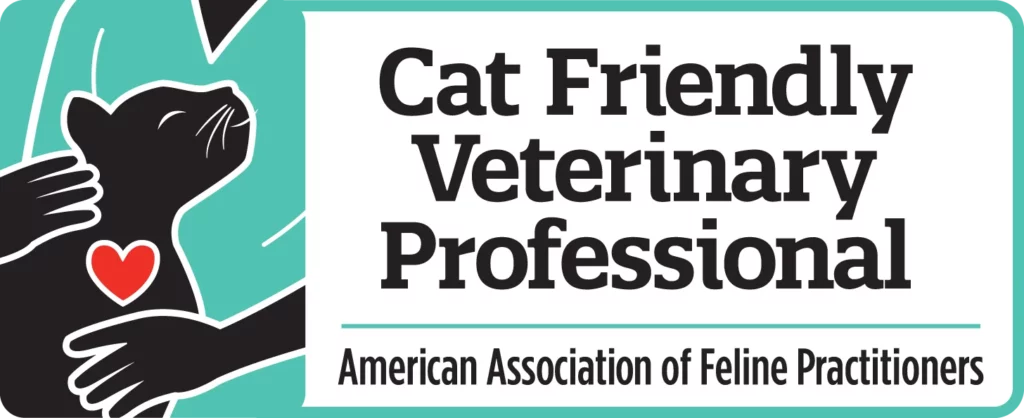For those who haven’t heard, a case of tularemia was found in a cat in St. Paul. Tularemia is a bummer to say the least and can spread from cats (or other animals) to humans. To learn more, I asked veterinarian and friend of Class Act Cats Dr. Hannah Hart for more information. I’ll let Dr. Hart introduce herself:
“My name is Dr. Hannah Hart, and I have been a fan and friend of Class Act Cats for many years. I am currently a veterinary consultant and will hopefully be doing more of these cat health posts with Class Act Cats in the future. I graduated from the University of Minnesota College of Veterinary Medicine in 2017 and have spent most of my career involved with public health and animal welfare.“
I had a few questions about what cat parents should know about tularemia and how to protect themselves and their cats. See what Dr. Hart had to say below!

What is tularemia and why it concerning that a cat in St. Paul was diagnosed with it?
Tularemia is a bacterial illness usually caused by contact with an infected wild animal. We think of our bigger cities as developed areas without a lot of exposure to forested areas and thus that our pets won’t encounter wild animals outside, but as urban areas encroach on the natural habitats for more wild species, we will see more physical contact between outdoor pets and wild species. In the recent case of a female cat who was diagnosed with tularemia in St. Paul, she had been outdoors for five days, and public health authorities indicated that there were rabbit carcasses in the owner’s backyard and that the cat routinely caught and brought home mice from outdoors. So, in this case, this cat in an urban setting was still able to encounter wild rabbits and mice, which are the likely source of her tularemia infection.
How is tularemia spread? What about how tularemia is spread from cats to humans? How can that occur?
Tularemia can be spread in a variety of ways – from touching a wild animal that is infected, from the bite of an infected animal, from drinking water that has been contaminated with the bacterium, and from breathing in the bacterium due to close contact with a contaminated or infected source. Humans would contract tularemia in a similar manner from an infected cat, such as cat bites, contact with cat saliva through licks or touching the cat’s mouth, handling the cat’s water and food dishes, or simply petting an infected cat, since we know that cats groom themselves and their saliva comes into contact with their fur.
What are symptoms of tularemia to look for in cats? (If you’re comfortable answering you can do humans too, but obviously focus is on the animal side.)
Symptoms between cats and humans are actually very similar. Usually 3-5 days after exposure (but up to 14 days after exposure), an infected cat or human can exhibit signs such as lethargy/decreased energy, decreased appetite (usually causing weight loss), eye discharge, high fever, and swollen lymph nodes. According to the Minnesota Department of Health, humans may also present with symptoms such as skin or mouth ulcers, diarrhea, muscle aches, joint pain, and cough.
What should cat parents do if they suspect their cat may have tularemia?
If your cat has been outdoors recently or had some exposure to a wild animal and begins to exhibit any combination of the symptoms listed above, please call your veterinarian and make an appointment for your cat to be seen as soon as possible. If symptoms are severe, I would say an emergency visit would be appropriate, as high fever can be dangerous and severe bacterial illnesses need to be treated with antibiotics.
What can be done to protect cats from tularemia?
This is one of my favorite things to talk about – preventative medicine! First of all, I would say that in the vast majority of cases, cats should be indoors only. It really lengthens their lifespan and gives them the best quality of life possible. As long as they have access to windows and good enrichment in the form of productive, appropriate play, they will be happy. When cats are allowed to roam outdoors, they can encounter all manner of wild animals, toxins, and risky situations where they could harm themselves. So, the first step to preventing tularemia would be to keep your cat indoors.
However, indoor cats can also be infected by small insects that can make their way inside, so the best thing to protect your indoor cat is to give him or her flea, tick, and heartworm preventative year-round. I like using Revolution Plus because it covers all of those wee beasties at once (I am not being endorsed by the manufacturer of Revolution Plus; I just use that for my own cat.) As our climate changes, we see more of these critters active during the supposedly cooler winter months, so it’s important that we give our pets the protection they need all year.
Is there anything else you want people to know? Do you have any recommended resources?
Again, this is a really great example of why we need to give our pets flea, tick, and heartworm prevention year-round. It might seem like an unnecessary expense, but we can prevent these serious, reportable diseases from spreading and we can protect our own health at the same time. If you would like more information on tularemia, I would encourage you to explore this fact sheet from the Minnesota Department of Health.










